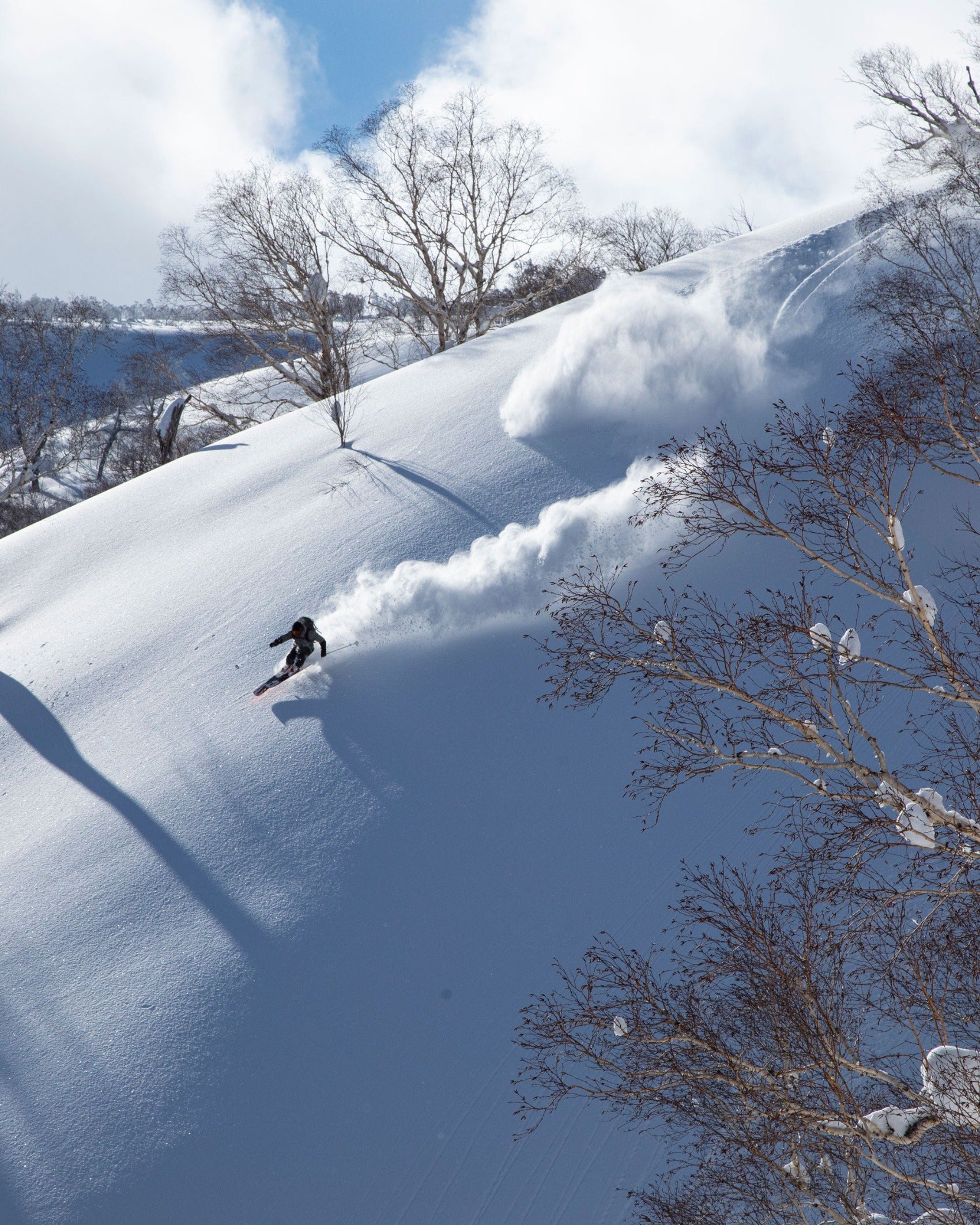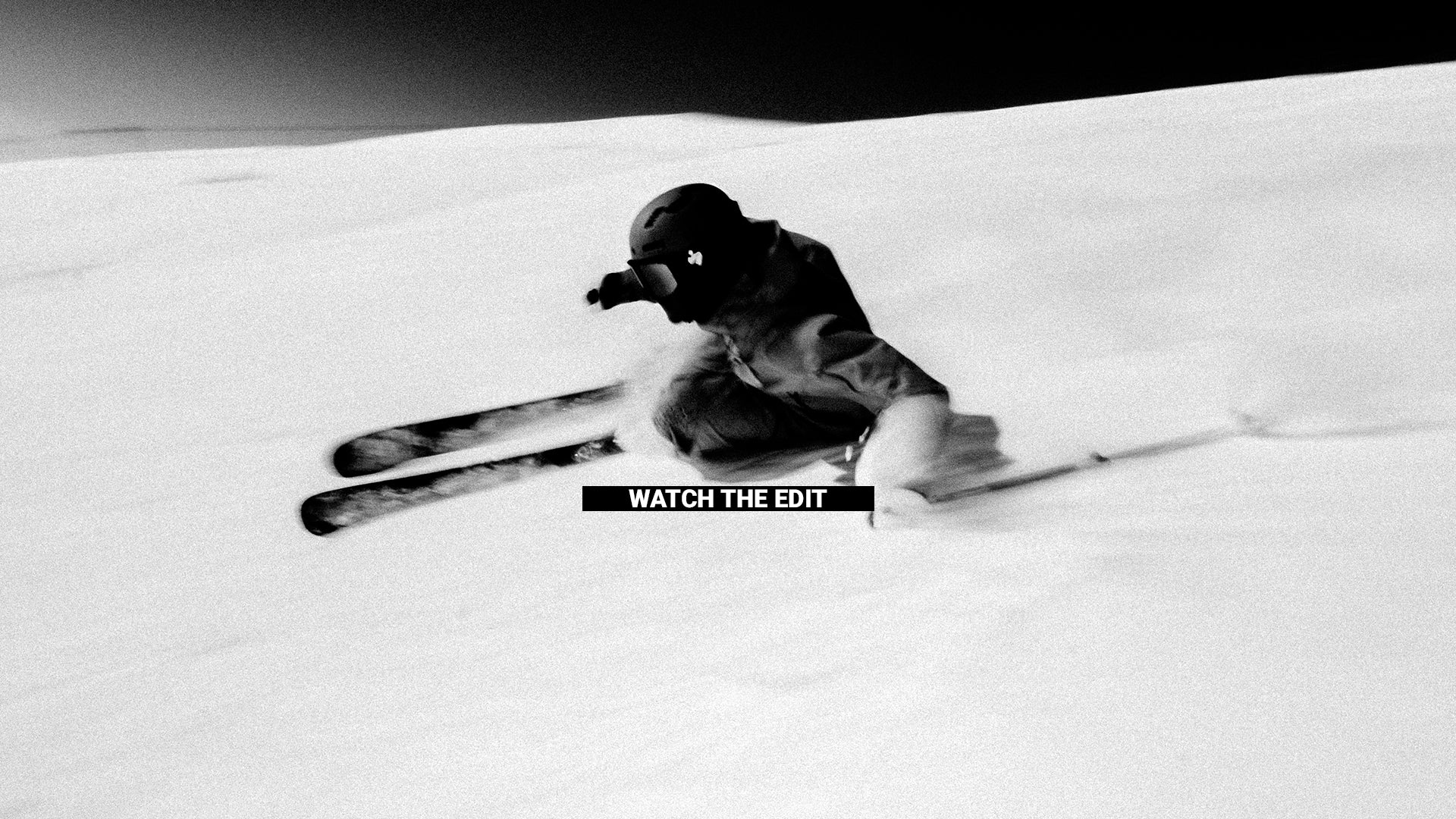How I Train in the Summer to Ski Hard in the Winter
Kelly Mackenzie, PT, DPT, and 4FRNT Athlete
Summer is officially here...but the truth is, I am already thinking about the next ski season, which keeps me motivated for weekly gym sessions when I’d rather be outside. I want to feel strong in all conditions, whether skiing early-season hard-pack, mid-season pow, or that late-season spring slush.
Now is the perfect time to kick off some summer ski workouts for next winter, whether you are a seasoned athlete or a weekend warrior. Trust me, you’ll thank me for it later!
Table of Content

What type of workouts are best for Skiing?
The American College of Sports Medicine recommends at least two resistance training sessions and 150 minutes of moderate aerobic activity each week. No fancy gear needed—just workouts that challenge you.
1. Aerobic Activity: Hiking, biking, swimming, paddling, or even walking the dog counts. Aim for moderate intensity—enough to raise your heart rate while still holding a conversation. It adds up fast and pays off when you’re crushing first tracks without gasping for air.
2. Resistance Training: Whether at the gym or at home, aim for 3–4 sets of 8–10 reps per movement. It should feel tough by the last few reps (but not sloppy). Focus on legs, core, and hips for ski strength—but don’t skip upper body!
1. Squats


Stand with your feet shoulder-width apart, then lowering your hips down and back as if sitting into a chair, keeping your chest up and knees behind your toes. Keep bodyweight over balls of your feet. Push through your heels to return to standing, fully extending your hips and knees at the top.
- Pro Tip: Squats are a staple for ski strength. I use bodyweight for warm-ups, then add intensity with single-leg variations or by loading a ski bag with books. This targets both quads and glutes—key for holding that athletic skiing stance.
2. Bridges



Lie on your back with your knees bent and feet flat on the floor (or elevated surface), then lift your hips towards the sky by squeezing your glutes. Hold the position at the top, ensuring your body forms a straight line from shoulders to knees, before lowering back down with control.
- Pro Tip: I use elevated surfaces and weight across my hips, or switch to single-leg for more challenge. Slowly raise yourself up to a tabletop postion, then lower back down. For beginners, keep shoulders on the ground. This move hits glutes, hamstrings, and core—great for absorbing landings on snow.
3. Lateral Lunges
Step out to the side with one leg while keeping your chest up and your knee tracking over your toes, then lowering your hips toward the ground by bending the stepping leg. Push off through the heel to return to standing, engaging your glutes and quads, and repeat on the opposite side.
- Pro Tip: These add side-to-side motion and mimic ski-specific mobility. I adjust the depth and load with weights or a backpack to keep them challenging.

4. Planks


Hold a push-up position with your forearms or hands on the ground, keeping your body in a straight line from head to heels while engaging your core. Maintain the position by keeping your hips level and avoiding any sagging or raising of your lower back.
- Pro Tip: Core strength is essential for skiing. I favor side planks to target the outer hips and hold each side for 30–90 seconds, 2–3 rounds. It's a simple way to train full-body control from shoulders to toes.
Summary
Doing all of these exercises at least twice a week will help improve your strength in key muscle areas for skiing. Balance, agility, and plyometric training round out a strong program.
When paired with resistance and cardio, they help build a durable body for safe, fun mountain days.





